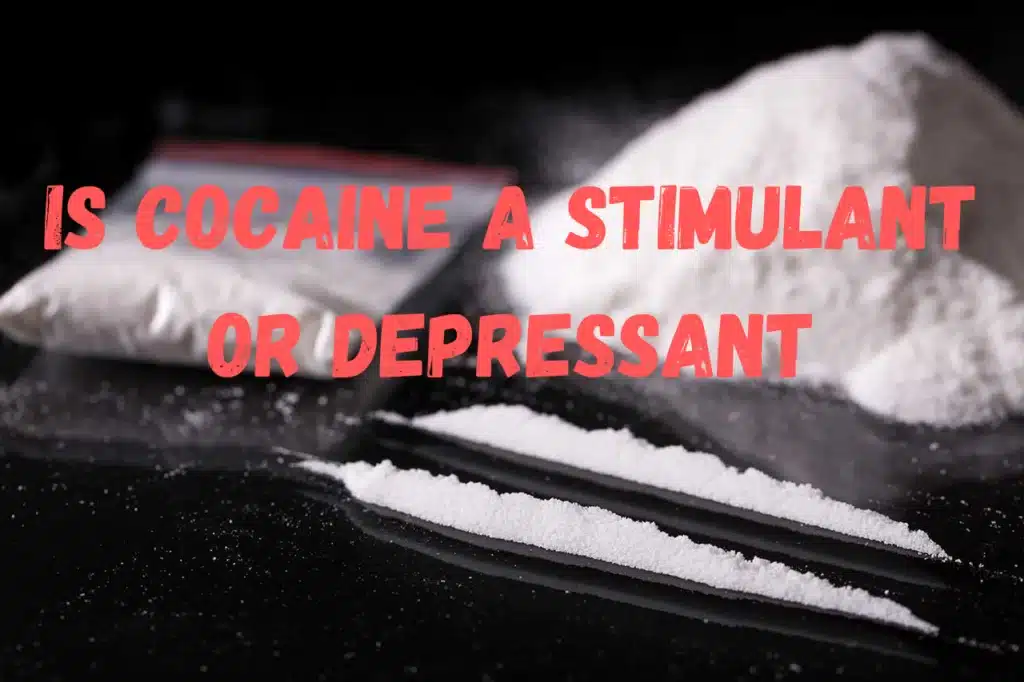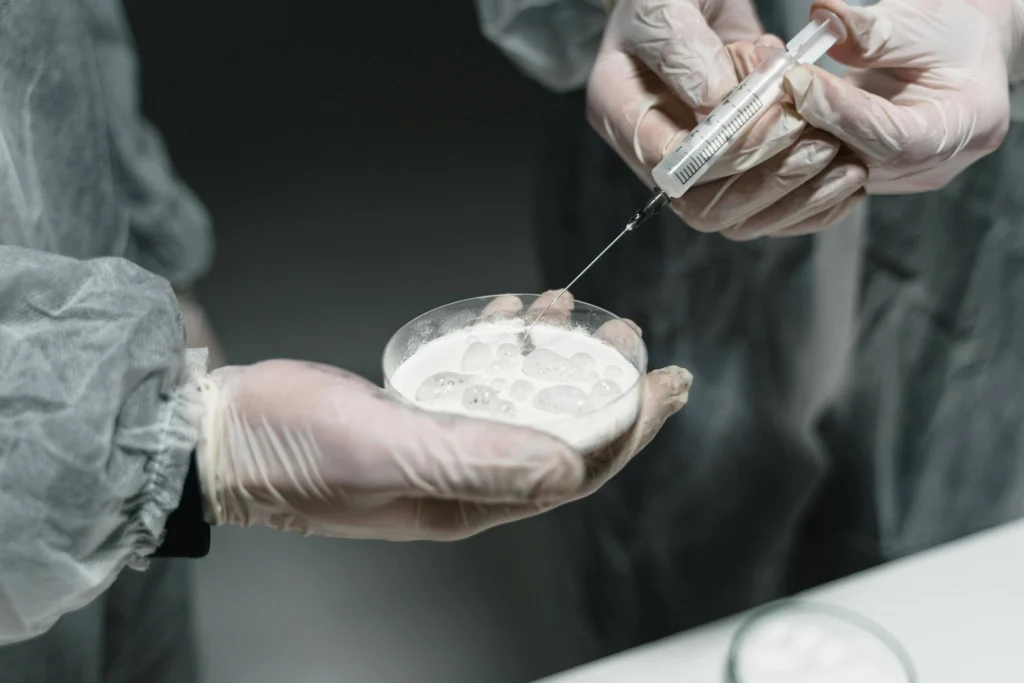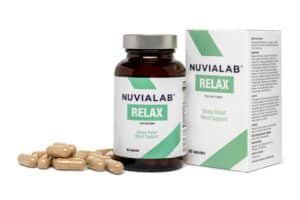
In the realm of medicine, the debate over is cocaine a stimulant or depressant rages on, captivating both scientists and enthusiasts alike. This intriguing dichotomy delves into the intricate interplay of nerve signals. and neural pathways within the brain.Renowned for its potent effects on mood and cognition, cocaine ignites the central nervous system with a surge of dopamine, inducing a transient state of heightened alertness and euphoria. However, beneath this facade of stimulation lies a opposite undercurrent of sedation and tranquility upon cessation—a hallmark of depressant substances.
Table of Contents
What Is Cocaine?
Before delving into its sorting, let’s first define cocaine. Cocaine is a potent stimulant drug derived from the leaves of the coca plant. Known for its stimulating and euphoric effects, cocaine has a long history of use and misuse.
Cocaine’s origins can be traced back to the ancient civilizations of South America, where the coca plant was utilized for its medicinal and energizing properties. Over time, its leisure use became more prominent.
Today, cocaine is manufactured in illegal labs and sold in a variety of forms, including white powder for snorting, water for injection, and crack cocaine, a solid rock crystal.
It is essential to understand the nature of cocaine to comprehend its effects on the central nervous system adequately. By exploring how this powerful stimulant works, we can gain insights into its potential benefits and risks.
What Are the Differences Between Stimulant and Depressant Drugs?
psychoactive substances, each with unique effects on the central nervous system and behavior.
A stimulant is a drug that increases or decreases the activity of neurons in the brain and nervous system. It increases alertness, increases excitement, and increases energy levels. A stimulant works by increasing or decreasing the levels of nerve signals. in the brain, such as dopamine and serotonin, and by inhibiting the re-uptake of these nerve signals.. Some common stimulants include:
- Amphetamines
- Cocaine
- Caffeine
Depressant drugs, also known as central nervous system depressants or sedatives, produce calming and restraining effects on neural activity. These drugs typically work by enhancing the restraining brain messengers gamma-aminobutyric acid (GABA) or reducing the activity of stimulating brain messengers. Common depressant drugs include:
- Alcohol
- Tranquilizers
- Opioids
In summary, stimulant drugs raise mood and energy levels while depressant drugs calm and de-stimulate the nervous system. Knowing the distinctions between the drug classes can help you make informed decisions about using substances and harm reduction interventions.
Is Cocaine A Stimulant Or Depressant

Cocaine mostly functions as a stimulant due to its ability to augment brain messengers release, particularly dopamine, in the brain’s reward pathway. This leads to increased pleasure, heightened alertness, and a surge in energy levels, distinguishing it from depressant substances.
What Are the Immediate Effects of Cocaine Use?
Cocaine is a stimulant drug, meaning it has a strong effect on brain messengers activity in the central nervous system. The effects of cocaine are immediate and can start as soon as you swallow it, causing a cascade of changes in your body and mind.
- immediate rush of euphoria
- increased energy
- enhanced friendliness
- heightened sensory perception
- surge in confidence
- dilated pupils
- elevated heart rate
- Short Duration of Effects
What Are the Long-term Side Effects of Cocaine Use?
Certainly, here are the long-term side effects of cocaine use presented as bullet points:
Heart Complications:
- Increased blood pressure
- Elevated risk of heart attack and stroke
- Inflammation of heart muscle (myocarditis)
- Irregular heart rhythms (arrhythmias)
Brain Impairment:
- Structural changes in the brain
- Cognitive deficits
- Memory problems
- Impaired decision-making abilities
Psychiatric Disorders:
- Increased risk of anxiety disorders
- Worsening of mood disorders (e.g., depression)
- Higher likelihood of psychotic disorders (e.g., cocaine-induced psychosis)
breathing Issues:
- Chronic cough
- Wheezing
- breathing infections
- Chronic bronchitis
- Pulmonary edema
Digestive Disturbances:
- Abdominal pain
- Nausea
- Vomiting
- digestive bleeding or perforation
Dental and Oral Health Issues:
- Tooth decay
- Gum disease
- Oral lesions
- Bruxism (teeth grinding)
- Dry mouth
These long-lasting effects highlight the chronic health and social effects of cocaine use and highlight the importance of prevention, treatment and intervention to treat substance use and addictions.
What Treatment Is Available for Addiction?
Treatment options for drug abuse vary depending on individual needs, severity of addiction, and specific substances involved. Here are some common approaches:
1. Cleansing(Detox):
This is the process of allowing the body to rid itself of a drug while managing withdrawal symptoms. It can be done in an inpatient or outpatient setting and may involve medications to ease withdrawal discomfort.
2. Behavioral Therapies:
These approaches help individuals modify their attitudes and behaviors related to drug use, develop healthier life skills, and cope with triggers and stressors that may lead to relapse. Cognitive-Behavioral Therapy (CBT), Contingency Management, Inspiring Interviewing
3. Medications:
Certain medications can be used to manage withdrawal symptoms, cravings, and to block the effects of drugs. Examples include methadone, buprenorphine, naltrexone, and medication.
4. Support Groups:
Participating in support groups like Narcotics Anonymous (NA) or Alcoholics Anonymous (AA) can provide peer support, accountability, and guidance from individuals who have experienced similar struggles.
5. Residential Treatment Programs:
These programs offer 24-hour round-the-clock care in a supervised setting.. They often offer a combination of therapies, medical supervision, and support services.
6. Outpatient Treatment Programs:
Outpatient programs help people get treatment while staying at home and going to therapy sessions, group counseling, and other services regularly.
It’s important for people using drugs to talk with healthcare providers to find the right treatment that fits their needs and situation.
Conclusion
In summary, while cocaine is primarily classified as a stimulant due to its immediate effects of increased arousal and euphoria, long-term use can blur this distinction. Chronic abuse may lead to calming effects that resemble depressants. Understanding this complexity is crucial for effective prevention and treatment of cocaine addiction.



